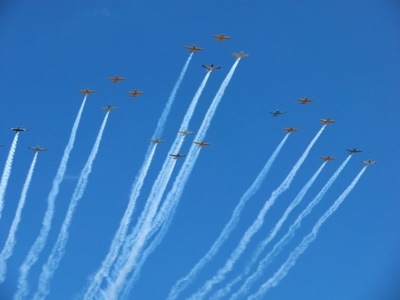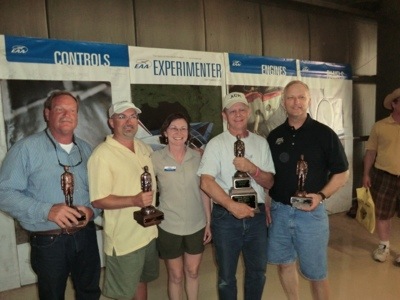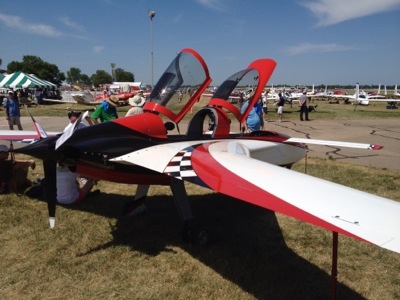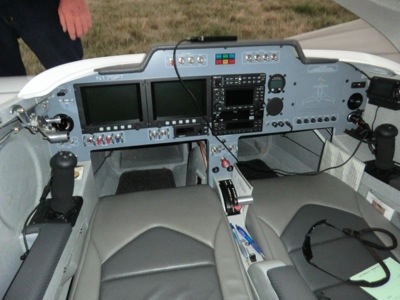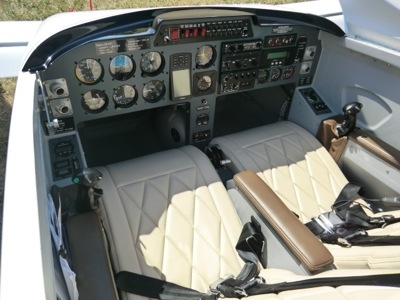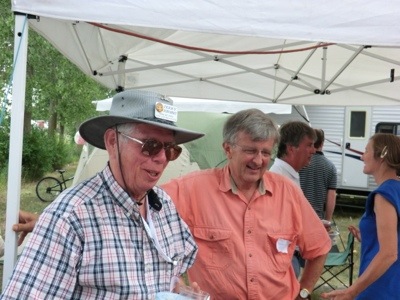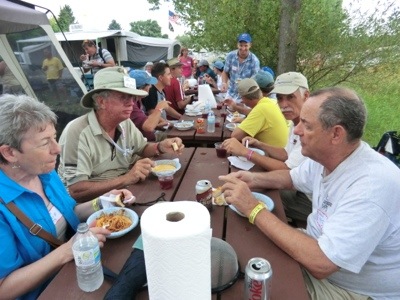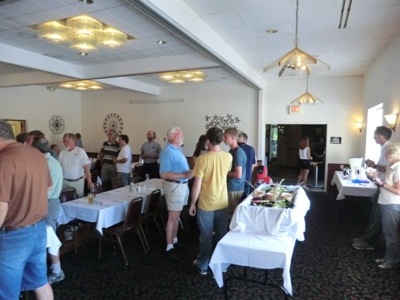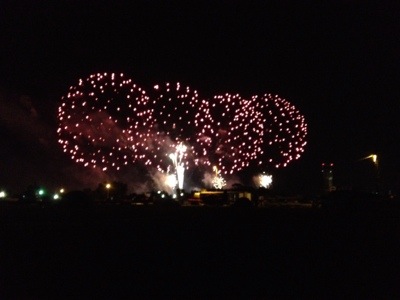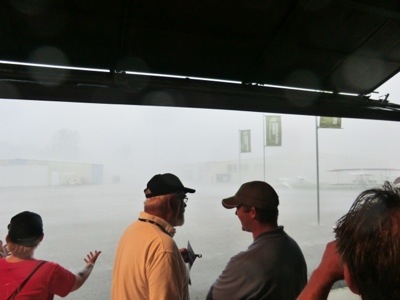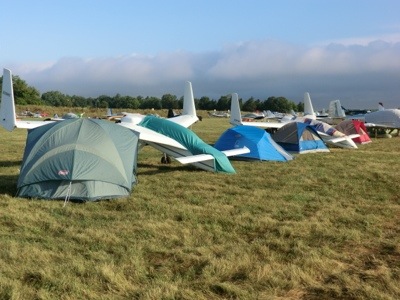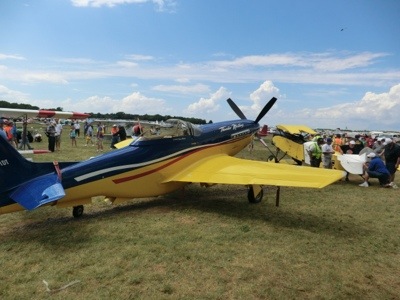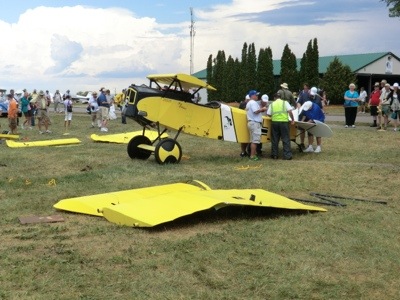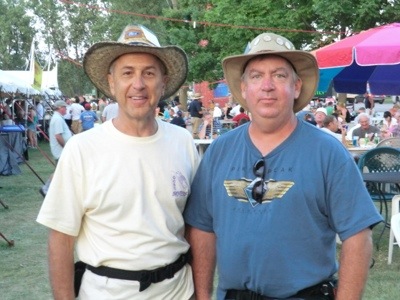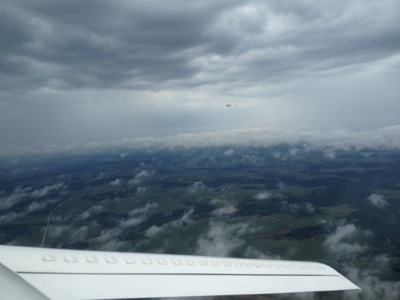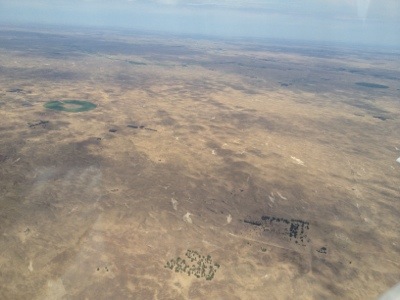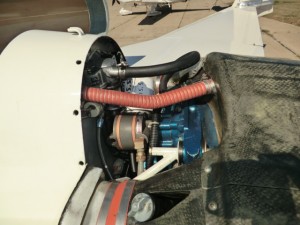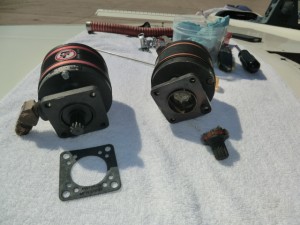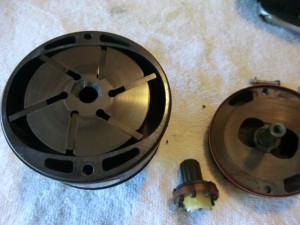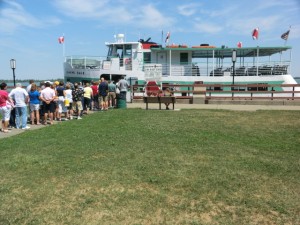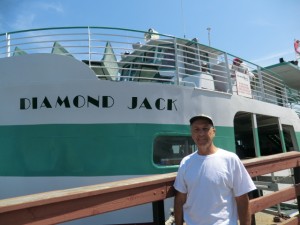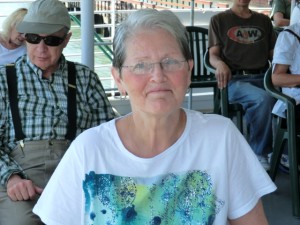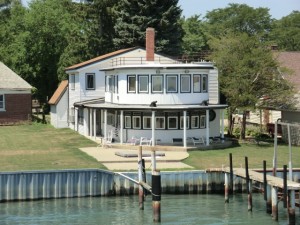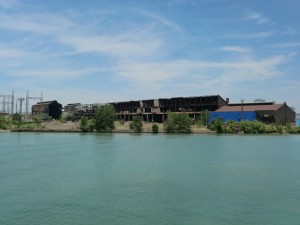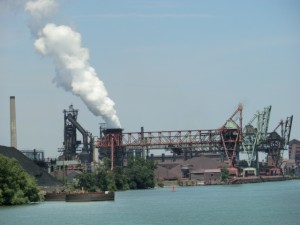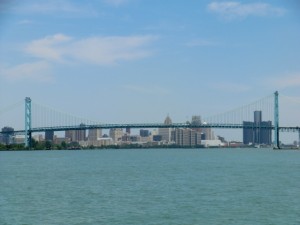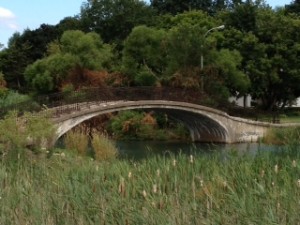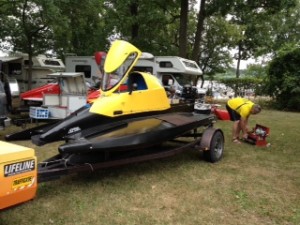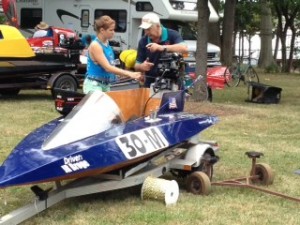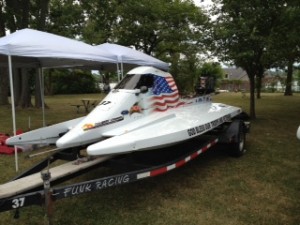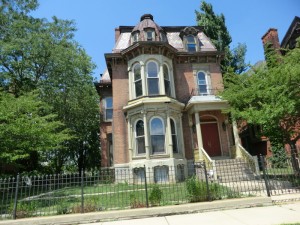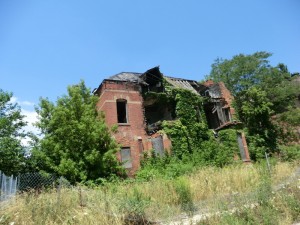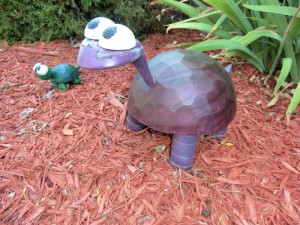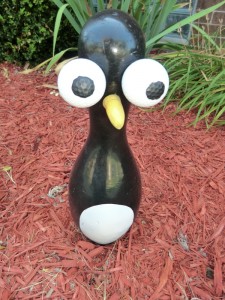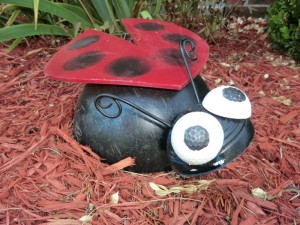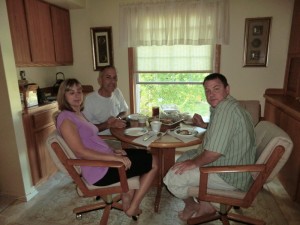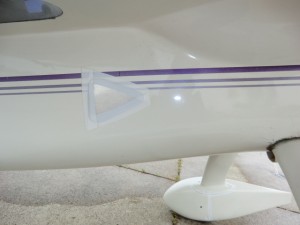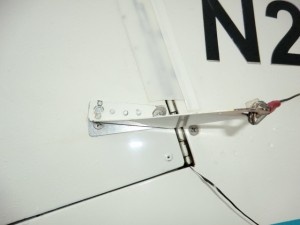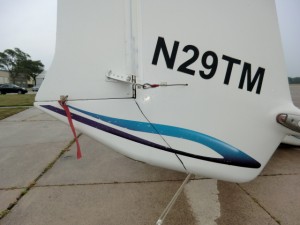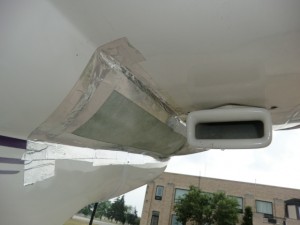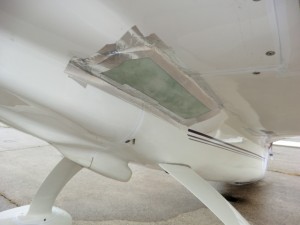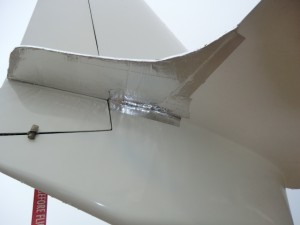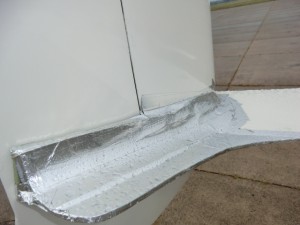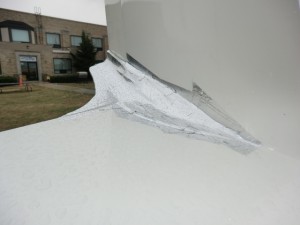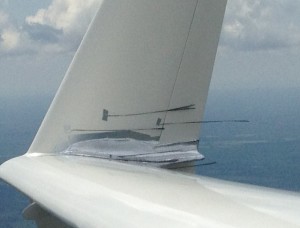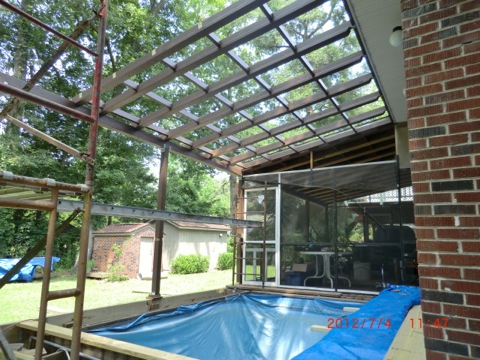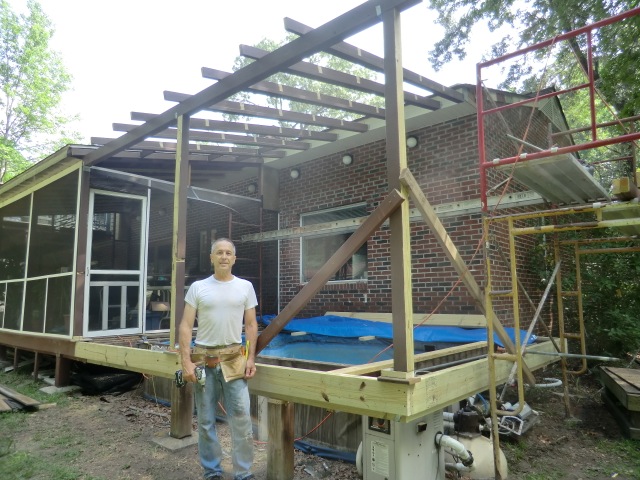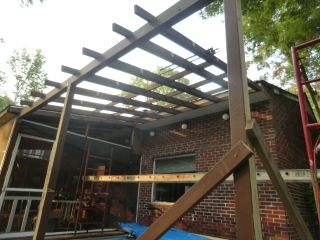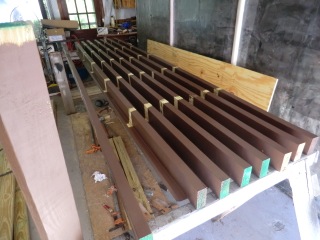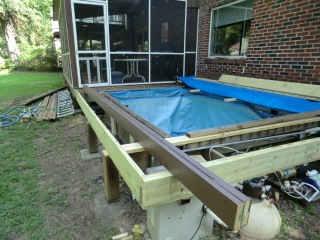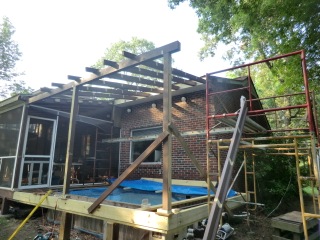Oshkosh 2012
After leaving Detroit (with my new vacuum pump installed), I headed over to KOSH at 10,000 ft (1.5 hrs, 262 nm) for the show. It was busier than ever.
I was told the number of planes attending is up 35% over the highest on record for the event. One of the car parking lots was even converted to home built camping. Unfortunately, I think they were mostly all RV’s as there was a ton of them there. Over 7000 are now flying. Most of the Lindy Awards for kit planes went to the RV crowd. I guess its because most kits completed now are RVs. Quite a few plans built awards went to canards which is a testament to our craftsmanship, ingenuity, perseverance, creativity and attention to detail.
The highlight of the event was actually seeing the canard aircraft and the excitement of being present when the Lindy award winner were announced.
From OSH website:
“Named after aviation hero Charles Lindbergh, the award acknowledges the tireless effort necessary to create an aircraft that’s truly best of show. The Grand Champion in each category is presented the Golden Lindy, while the Reserve Grand Champion nets the Silver Lindy.”
The winners definitely deserve their awards for their efforts. The planes were truly impressive.
Tim Andres, James Redmon (and his better half), Dennis Butler and Don Burton
Here is James Redmon’s beautiful Berkut (Lindy Winner) my overall personal favorite for paint design/fit finish
Tim Andres’s cozy is my favorite for interior design (Lindy Winner)
Finally, Dennis Butler (Grand Champion). A remarkably beautiful Cozy 4.
Besides attending the awards ceremony, the meeting builders/flyers at the dinner socials such as the the Cozy Girls spagetti bash (be careful of the Sangria!!) were the most memorable.
The Cozy dinner
Lastly, Saturday’s night airshow and firework display was a first for me. It was terrific.
During the show on Thursday, we had a incredibly powerful rain storm during Marc Zeitlin’s first cozy intro talk. It rained so hard we could hardly see the building next door.
After it cleared up, it was a short walk back to the tent
to check for damage when I passed this beautiful Thunder Mustang
which was damaged by a byplane recreation which was tossed on top of the Mustang. The canopy was crushed along with other damage.
Interestingly, the Thunder Mustang had already been judged and won a Grand Champion award for a new judging category called Historic Plane Recreations.
After having a leisurely breakfast and preflight Sunday morning, it off to Greeley, CO.
Lee and I found it surprising easy to get out of OSH around 9 AM as a flight of two. I had fears of a mad dash to leave as most years I left on Friday or Saturday morning to avoid the crush of planes leaving. I thought Sunday would be super CRAZY busy. Heck it on took less than 10 min to get air born after start up. I might have to do it again.
The flight to Greeley CO, 8000 ft (5.1 hrs, 744 nm) was relaxed with a surprising 5 kt tail wind. Lee and I flew together for the first leg (VFR) so I could guide him through a significant area of heavy weather in Iowa with the XM weather displayed on my 496. A large area of solid red and yellow cells with a small generally open E/W slot though the center. We only had a light dusting of rain. If you look closely, you can see Lee’s plane in the center of the picture. If you travel a lot XM is essential for your bird.
I was surprised by the total desolation and isolation of Nebraska. It was incredible! Miles and miles of… well…. miles and miles. Nothing.
It surprised me how freaken hot and powerful the sun is here in the West. Even at 8.5 k ft, the sun was blistering and the OAT was 80f. Lots of water and some sort of shade in the plane is essential.
Greeley is on the eastern side of the Rocky’s and tomorrow Lee and I are going on a photo trip to Rocky Mountain National park.
On Wednesday, it is fast 2.5 hr to Ogden UT to visit Mike Irwin. Last year I flew N123LE in IFR conditions on the same route (Greeley to SLC) in early October and came very, very close to buying the farm due to unexpected extreme icing on the bird at 15,000 ft. Luckily, I just barely made it over the mountains into the SLC basin. As I descended into warmer air, sheets of ice from the canard flew into the prop as was landing. What a scary experience.
It will be interesting to see the terrain I flew over in VFR conditions. Cant wait!
